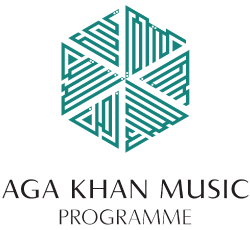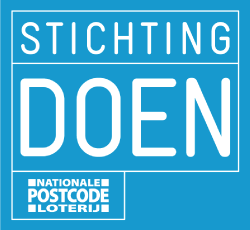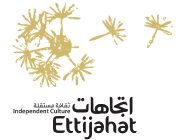We present this project with humility and ambition at the same time. The humility is because Syrian music is so diverse and vast, and has many sources and extensions, that makes it impossible for a single project to cover it and present it adequately. Our ambition is justified by the fact that we are inviting all lovers of Syrian music, its collectors, its experts and its listeners to participate with us in this great endeavor. We are starting this project with about 100 songs and music pieces, and we hope that the project will eventually include hundreds, perhaps thousands more.
Music is said to be a universal language, and sometimes that it has no homeland, but we believe that music carries the feelings, history and dreams of those who perform it and those who listen to it, which makes it a very local language. Music is also broader than political and geographical boundaries because it travels with humans, and with the technical tools they invent, thus becoming a human expression that encompasses and transcends national identities and political boundaries. For nearly a decade, Syrians have been subjected to the biggest forced displacement of modern times, with nearly 9 million people leaving Syria. Wherever Syrians settle, they take with them part of their music, and leave behind other parts of it. We hope that the Syria music map will be a source of enjoyment and reassurance for millions of Syrians outside and inside Syria, and a resource for all Syrian and oriental music lovers more generally.
We tried as much as possible to stay away from controversial musical issues: what is musical heritage? What is the difference between folkloric, traditional and commercial? Where exactly is the home of this or that genre? Instead, we chose to focus on the artistic value first, and secondly on the enjoyment. More than a third of the pieces on the Syria Music Map are performed by the graduates and teachers of the Action for Hope music schools in Lebanon and Jordan. This reflects our commitment to the continuation of this music from one generation to another, and our belief in its viability outside the archives. This music will live as long as there are those who perform it at weddings and religious events and sing along it in cafés and on the streets.
We have been thinking about this project since 2018, but we did not begin the actual work on it until the summer of 2020, during the crisis of the COVID-19 pandemic, when we had to slow down normal work and then took the decision to start the map with 100 songs and music pieces as a first stage. What we put before you today is the beginning of an effort that we hope you can contribute to. If you have recordings of Syrian songs or music pieces that you would like to add to the map, please contact us at: info@act4hope.org
This map could only be produced by the hard work of a large group of musicians, researchers and performers, led by Action for Hope, and with the valuable assistance of Ettijahat. We particularly thank:
Fawaz Baker
Rami Al-Jundi
Khaled Allaf
Zeina Shahla
Samer Ibrahim
Rinda Hemo
Alaa El-Eliawi
Nisrine Alaa El-Dine
Web development: Fusion Second
Graphic design: Wissam AbdulFattah
Recording and mixing of the pieces by Action for Hope Music school graduates: Jean Gibran / Sound People Studio - Karam Abu Ayash
Management and coordination: Khaled Warwar – Farah Kaddour – Sara Zein – Basma El Husseiny








